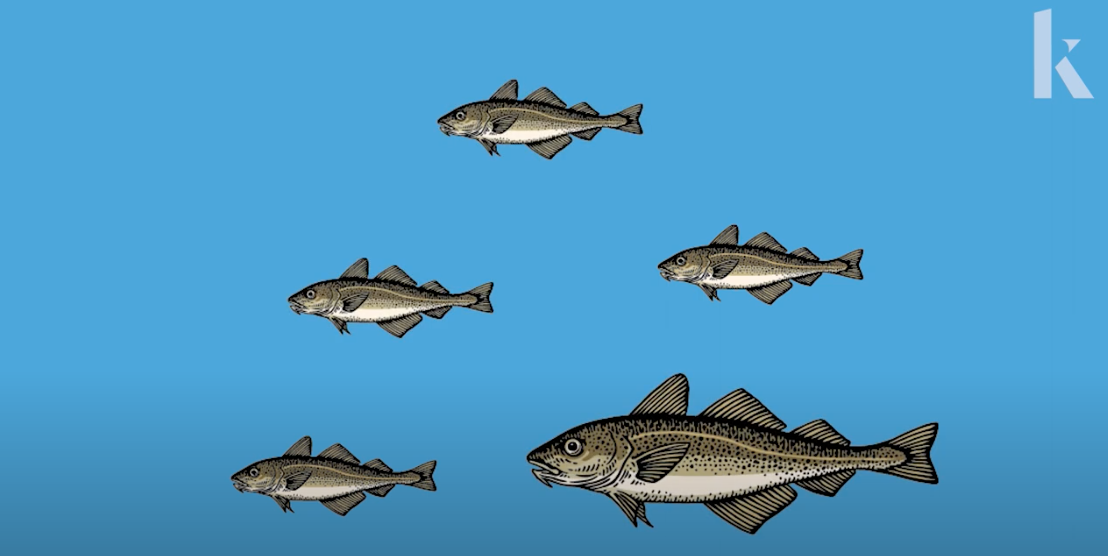Watch Video: How the Fishing Industry Affects Fish Evolution
Posted on Categories Discover Magazine

The world’s fishing industry largely acts like a sieve separating the larger fish – the keepers taken for human purposes – from the smaller ones, which go on to reproduce. This process creates a kind of evolutionary pressure, according to researchers, affecting the genetic makeup of generations to come.
A 2002 study found it took only four generations of such size-focused fishing to shrink the size of the ensuing generations. While the strategy initially produced large yields, the hauls declined over time.
“People like to fish large specimens of a single species, and that means it becomes dangerous to be a large specimen,” says Mikko Heino, a fisheries biologist at the University of Bergen.
He recommends that commercial fishers target medium-sized fish to strike a balance between evolutionary and reproductive concerns.
This video originally appeared in Knowable Magazine, an independent journalistic endeavor from Annual Reviews. You can view the original here.